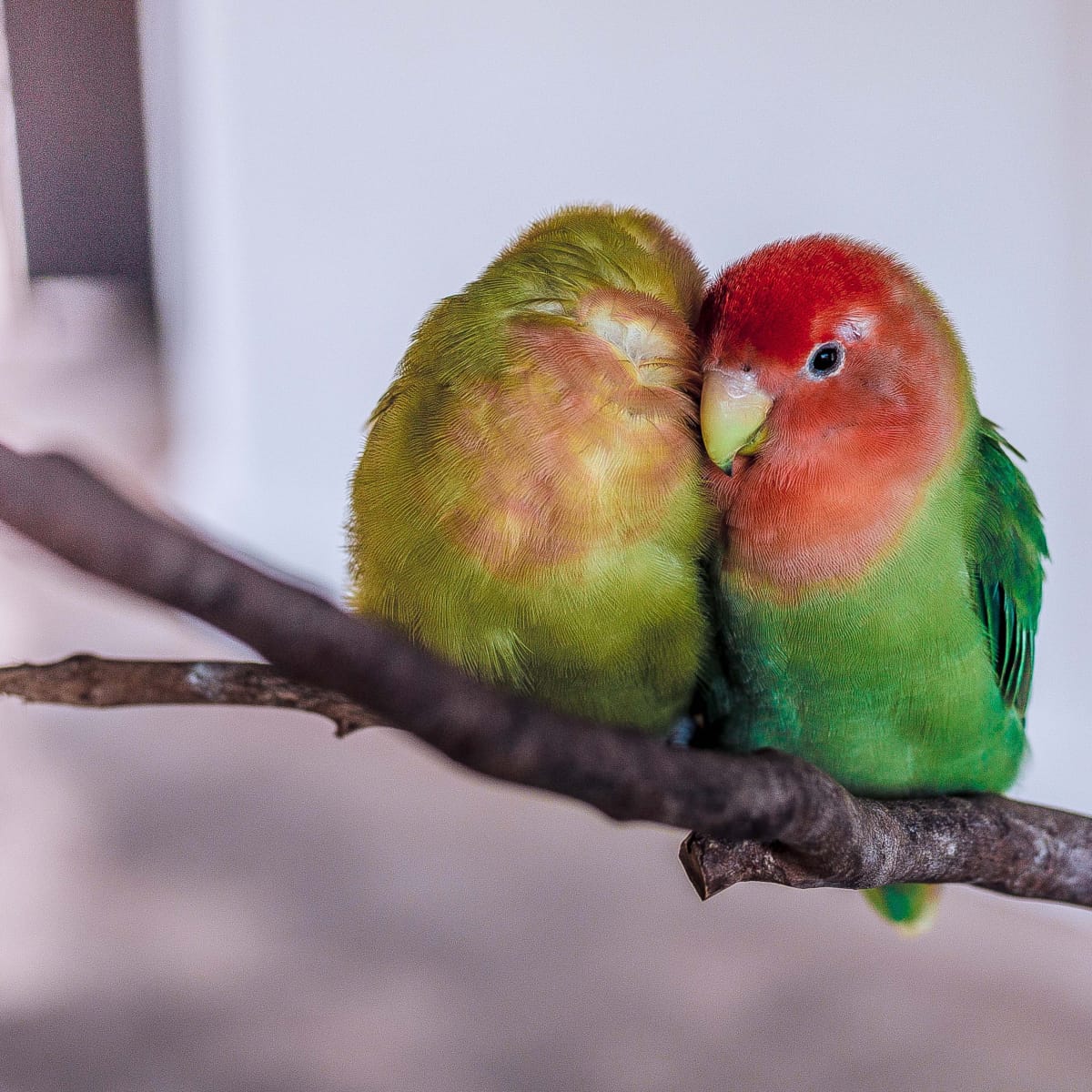
Lovebirds: A Comprehensive Guide to Baby Care
Lovebirds, renowned for their affectionate nature and vibrant plumage, are popular companion birds. Their diminutive size and endearing personalities make them beloved pets. However, providing proper care for lovebird babies requires a thorough understanding of their unique needs. This comprehensive guide will delve into the intricacies of lovebird baby care, ensuring the well-being and thriving of these adorable creatures.
Nest Box Preparation
Prior to the arrival of lovebird babies, it is crucial to prepare a suitable nest box. The ideal nest box should be approximately 6 inches wide, 6 inches high, and 8 inches deep. It should have a small entrance hole, around 2 inches in diameter, to prevent the parents from entering and potentially harming the babies. Line the nest box with soft materials such as shredded paper or cotton balls to provide a comfortable and warm environment for the hatchlings.
Incubation and Hatching
Lovebirds typically lay 4-6 eggs, which they incubate for approximately 21-23 days. During this period, it is essential to provide the parents with a quiet and undisturbed environment. Avoid handling the eggs or nest box, as this can cause stress and abandonment.
Once the eggs hatch, the lovebird babies are altricial, meaning they are born helpless and dependent on their parents for food and care. Their eyes are closed, and they are covered in a thin layer of downy feathers.
Feeding
Lovebird babies require frequent feedings, approximately every 2-3 hours during the day. The parents regurgitate a crop milk, a nutrient-rich substance, to feed their young. If the parents are not able to provide adequate nourishment, hand-feeding may be necessary.
For hand-feeding, a specialized formula designed for lovebirds should be used. Follow the manufacturer’s instructions carefully and ensure the formula is warmed to body temperature before feeding. Use a syringe or gavage tube to gently administer the formula into the baby’s crop.
Hygiene and Sanitation
Maintaining a clean and hygienic environment is paramount for the health of lovebird babies. Regularly clean the nest box and replace the lining to prevent the accumulation of bacteria and parasites. Dispose of any soiled materials promptly.
Avoid handling the babies excessively, as this can introduce germs and cause stress. If handling is necessary, always wash your hands thoroughly beforehand.
Temperature and Humidity
Lovebird babies are sensitive to temperature and humidity fluctuations. The ideal temperature for baby lovebirds is between 85-90 degrees Fahrenheit (29-32 degrees Celsius). Use a heat lamp or brooder to maintain the desired temperature, especially during the first few weeks of life.
The humidity level should be around 50-60%. This can be achieved by placing a shallow dish of water near the nest box.
Growth and Development
Lovebird babies grow rapidly and undergo significant developmental changes. Their eyes open within a few days of hatching, and they begin to develop feathers. By the end of the first week, they are able to lift their heads and move around the nest box.
At around 3-4 weeks of age, the babies start to fledge, meaning they begin to develop flight feathers and practice flying. They become fully independent and weaned from their parents by 6-8 weeks of age.
Socialization and Handling
Once the lovebird babies are fully feathered and independent, they should be socialized to humans. Handle them gently and regularly to build trust and prevent them from becoming fearful or aggressive.
Introduce them to different people, sounds, and environments to help them become well-rounded and comfortable in various situations.
Health Concerns
Like all animals, lovebird babies are susceptible to certain health concerns. Common ailments include:
- Nutritional deficiencies: Ensure the babies are receiving a balanced diet and consult a veterinarian if any deficiencies are suspected.
- Feather plucking: This can be a sign of stress or boredom. Provide plenty of toys and enrichment activities to keep the babies entertained.
- Respiratory infections: Lovebird babies are prone to respiratory infections, especially if the environment is too cold or humid. Keep the nest box clean and maintain the appropriate temperature and humidity levels.
- Parasites: Regular deworming is essential to prevent parasitic infestations. Consult a veterinarian for the appropriate deworming schedule.
Conclusion
Lovebird baby care requires dedication, patience, and a deep understanding of their unique needs. By providing a suitable nest box, ensuring proper nutrition, maintaining hygiene, and addressing their developmental and socialization requirements, you can nurture healthy and thriving lovebird babies. Remember to seek veterinary guidance whenever necessary to ensure the well-being of these adorable and affectionate companions.
